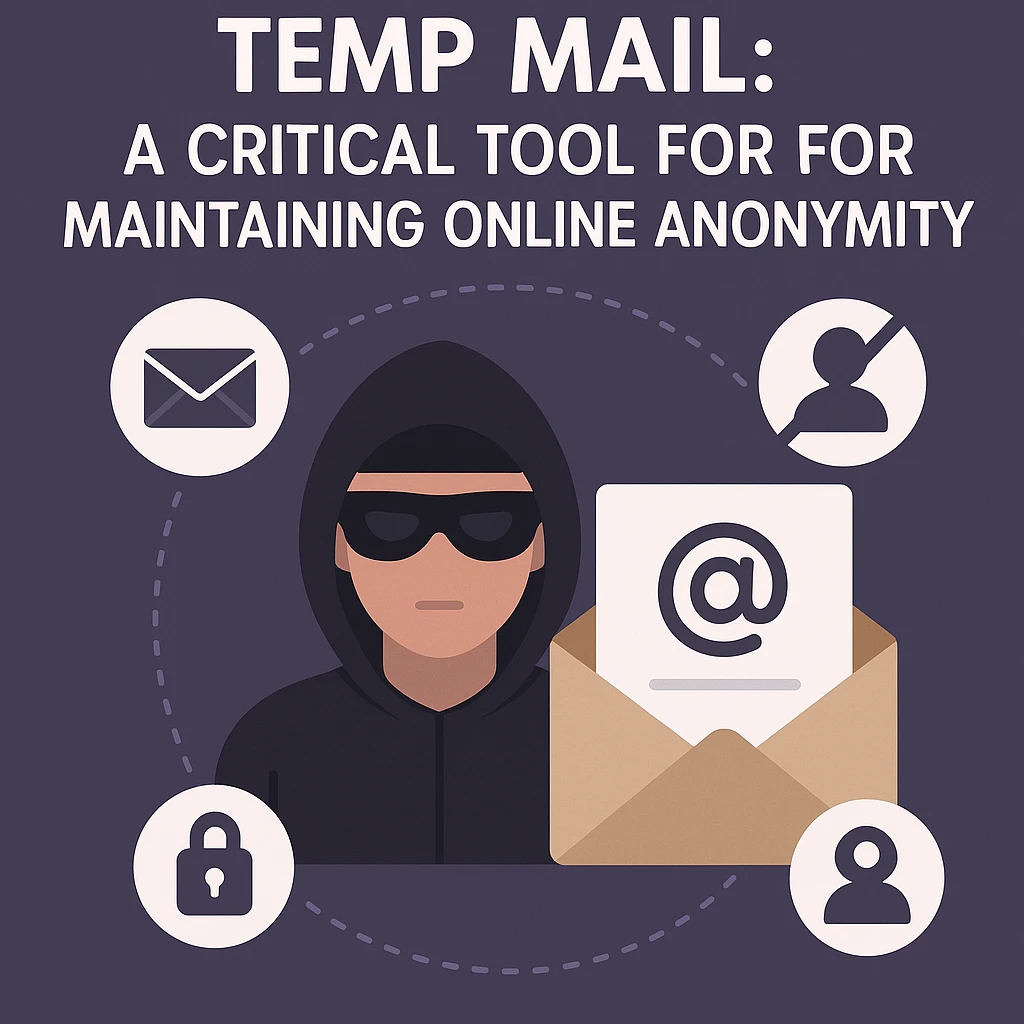Some innovations stand out for their impact and inventiveness as decentralized finance (DeFi) continues to transform traditional finance. The flash loan, an uncollateralized, trustless loan completed entirely in a single blockchain transaction, is one such innovative tool. Flash loans have generated interest due to their potential for profit and capital efficiency, but they are also linked to well-publicized scams.
This blog explores the definition, operation, and use of flash loans for arbitrage trading, which enables DeFi-savvy users—and frequently bots—to take advantage of profit opportunities without requiring upfront funding. We'll also look at security issues, additional use cases, and how flash loans are changing the DeFi scene.
1. What Is a Flash Loan?
As long as the loan and its repayment (plus fee) take place within the same blockchain transaction, users can borrow any available amount of liquidity without collateral through a unique DeFi construct called a flash loan. The entire transaction reverses as if it never occurred if repayment is unsuccessful.
The loan essentially exists in one of two quantum states: either it was never made or it was fully repaid, with profits kept. This feature is supported by miner-extractable atomicity, which guarantees borrower flexibility and lender safety.
Around 2018, flash loans became popular thanks to the Marble Protocol, and Aave later solidified them with the Ethereum Improvement Proposal EIP-3156.
2. How Do Flash Loans Work?
Here's a step-by-step:
-
A smart contract requests a flash loan from a DeFi pool (e.g., Aave, dYdX, Uniswap)
-
Borrower uses funds within the same transaction—often across DEXs or lending protocols
-
Smart contract ensures repayment plus a fee (usually <0.1%) .
-
If repayment occurs, transaction finalizes; otherwise, it's reverted
The entire sequence executes atomically: any failure anywhere rolls back the transaction, protecting the lender.
3. Flash Loan Use Cases
3.1 Arbitrage
Arbitrage, or buying low on one DEX and selling high on another, is the most common application. With a flash loan, traders can profit from cross-market pricing spreads without having to pay cash up front.
Example:
-
Borrow DAI via flash loan from Aave.
-
Buy Token X on Uniswap.
-
Sell Token X on Curve at a higher price.
-
Repay DAI plus fee—profit remains
Flash loan arbitrage bots scan for such opportunities across many DEXs and execute them within milliseconds
3.2 Collateral Swaps
Collateral-backed loans can be switched by borrowers using flash loans. Compound debt repayment, ETH collateral retrieval, ETH swapping (for BAT, for instance), and re-borrowing are all examples of atomic operations.
3.3 Self-Liquidation
By using a flash loan to pay off their loan before it triggers and obtaining collateral before their debt falls too low, DeFi users can avoid expensive auto-liquidation penalties.
3.4 Liquidation Assistance
In a single transaction, liquidators use flash loans to pay back undercollateralized loans, collect liquidation fees, and return borrowed money.
3.5 Interest Rate Arbitrage
In a single atomic operation, borrowers can pay back debt on one platform and re-borrow on another that offers a better rate.
4. Arbitrage via Flash Loans
4.1 Enter Arbitrage
-
Identify price discrepancies.
-
Borrow via flash loan.
-
Buy and sell token.
-
Repay loan, retain profit.
This eliminates entry barriers that require large capital
4.2 Flash Loan Arbitrage Bots
Real-time DEX price monitoring is done by automated bots, which also initiate flash loan transactions as soon as profitable opportunities present themselves. With no financial commitment, they provide immediate execution and profit capture.
Advantages:
-
High speed and capital efficiency.
-
Reversible on failure thanks to atomicity.
Considerations:
-
High gas costs can erode profits
-
Intense competition among bots.
-
Dependence on robust smart contracts—bugs lead to risk.
5. Risks and Attacks
5.1 Smart Contract Vulnerabilities
Flash loans have been central to major DeFi exploits:
-
bZx (2020): ~$620,000 lost
-
CREAM (2021): Over $130M
-
Euler (2023): ~$197M
These attacks often exploited protocol vulnerabilities—unauthorized price oracle manipulation inside a single flash loan transaction
5.2 Oracle Manipulation
Using flash loans, attackers momentarily raise the price of a token within a block, causing protocol logic (such as liquidation or collateral updates) to be triggered based on erroneous information.
5.3 DeFi Security Debates
Reddit highlights controversy:
“Flash loans have been a game changer… but they’ve also opened the door to a string of high-profile attacks.”
These concerns have spurred protocol hardening and security tools like SecPLF and FlashDeFier that detect oracle manipulation
6. Benefits of Flash Loans
Despite risks, flash loans present undeniable advantages:
-
No upfront capital required.
-
Atomic execution ensures zero lender risk.
-
Enables financial flexibility via collateral swaps and self-liquidations.
-
Promotes market efficiency by triggering arbitrage and reducing price discrepancies.
7. Challenges & Considerations
-
High Gas Costs: Especially on Ethereum during congestion
-
Smart Contract Risks: Flaws in bots or protocols are vulnerable.
-
Regulatory Uncertainty: Flash loans tread uncharted legal waters due to financial power and rapid arbitrage.
-
Competition: Profit tends to go to the fastest bots; retail users often struggle
8. Future Trends
8.1 Smarter Security
Prior to deployment, ongoing efforts (such as FlashDeFier) seek to identify flash-loan-style vulnerabilities.
8.2 Multi-Chain Arbitrage
The prevalence of cross-chain flash loans and bots is increasing as DeFi spreads across blockchains.
8.3 Hybrid Applications
Anticipate new hybrids that increase the complexity of DeFi by fusing governance voting or options with flash loans.
8.4 Regulatory Oversight
Legislation may emerge to monitor DeFi lending power tools—requiring identity checks, speed limits, or lending caps.
9. Final Thoughts
DeFi's philosophy of financial innovation without gatekeepers is embodied by flash loans. They provide effective financial operations and clean, zero-capital arbitrage. However, their abuse—through smart contract defects and oracle manipulation—highlights the significance of careful and reliable code.
As DeFi matures, flash loans offer a tool in the arsenal—usable for both profit and protocol enhancement. Whether you're a developer, trader, or investor, understanding flash loans provides a window into DeFi’s strengths and risks.
To stay ahead, you should:
-
Learn smart contract development.
-
Audit protocols and bots.
-
Assess gas costs vs profit.
-
Watch for security tools like oracle validation and taint detection.
-
Stay informed on regulatory developments.
With knowledge and caution, flash loans can be powerful—but as the saying goes: “With great power comes great responsibility.”




